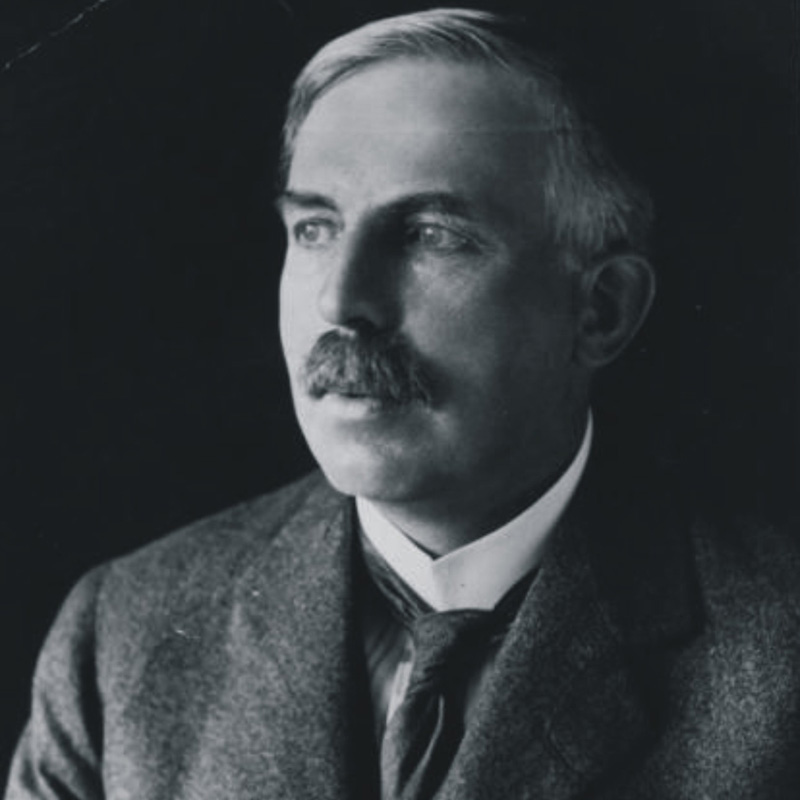Rutherfordium
104
Rf
Gruppe
4
Periode
7
Block
d
Protonen
Elektronen
Neutronen
104
104
157
Generelle Eigenschaften
Ordnungszahl
104
Atommasse
[267]
Massenzahl
261
Kategorie
Übergangsmetalle
Farbe
n/a
Radioaktiv
Ja
Named after Ernest Rutherford, the physicist and chemist from New Zealand
Kristallstruktur
n/a
Geschichte
Rutherfordium was reportedly first detected in 1964 at the Joint Institute of Nuclear Research at Dubna.
The element was synthesized by Albert Ghiorso, Matti Nurmia, James Andrew Harris, Kari Eskola and Pirkko Eskola in 1968 at the University of California, Berkeley.
It was produced by the bombardment of californium with carbon atoms.
The element was synthesized by Albert Ghiorso, Matti Nurmia, James Andrew Harris, Kari Eskola and Pirkko Eskola in 1968 at the University of California, Berkeley.
It was produced by the bombardment of californium with carbon atoms.
Elektronen pro Schale
2, 8, 18, 32, 32, 10, 2
Elektronenkonfiguration
[Rn] 5f14 6d2 7s2
Rutherfordium is the first transactinide element
Physikalische Eigenschaften
Aggregatzustand
Fest
Dichte
23 g/cm3
Schmelzpunkt
2373,15 K | 2100 °C | 3812 °F
Siedepunkt
5773,15 K | 5500 °C | 9932 °F
Schmelzwärme
n/a
Verdampfungswärme
n/a
Spezifische Wärmekapazität
-
Häufigkeit in der Erdkruste
n/a
Häufigkeit im Universum
n/a

Danksagungen für Bilder: wal.nbed.nb.ca
The element is named after Ernest Rutherford who became known as the father of nuclear physics
CAS-Nummer
53850-36-5
PubChem CID-Nummer
n/a
Atomeigenschaften
Atomradius
-
Kovalenter Radius
157 pm
Elektronegativität
-
Ionisierungsenergie
6,011 eV
Molares Volumen
-
Wärmeleitfähigkeit
0,23 W/cm·K
Oxidationszustände
4
Anwendung
Rutherfordium is used for scientific research purposes only.
Rutherfordium is harmful due to its radioactivity
Isotope
Stabile Isotope
-Instabile Isotope
253Rf, 254Rf, 255Rf, 256Rf, 257Rf, 258Rf, 259Rf, 260Rf, 261Rf, 262Rf, 263Rf, 264Rf, 265Rf, 266Rf, 267Rf, 268Rf